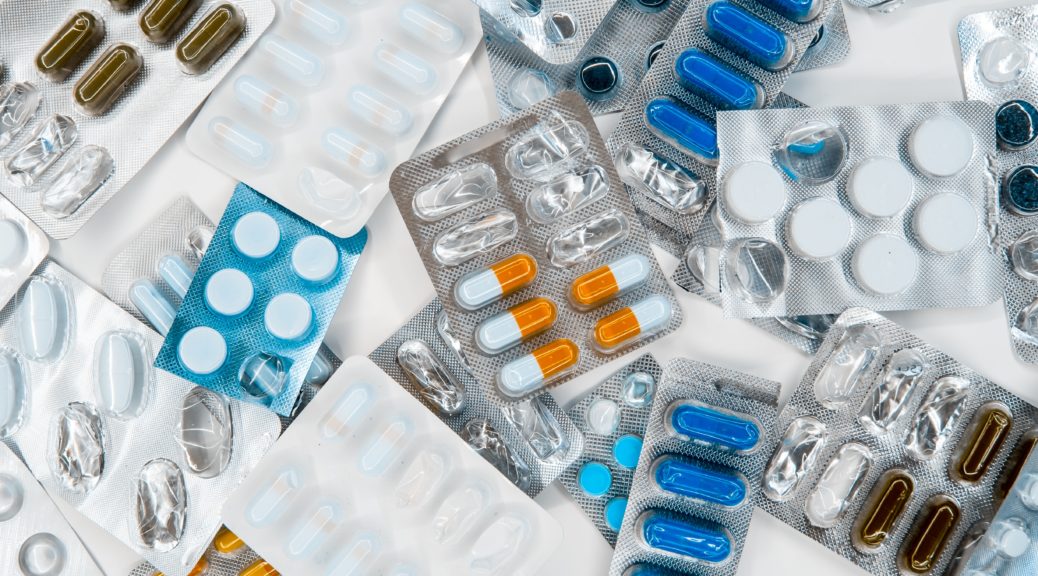
Antibiotics and Mastitis: New ABM Protocol
Regarding the relationship between antibiotics and mastitis, changes have been introduced in the new mastitis protocol of the Academy of Breastfeeding Medicine (ABM), which we have already previously discussed here and here.
In previous posts, we reviewed the differences between the old ABM mastitis protocol (ABM Clinical Protocol #4 Mastitis) (1) and the new protocol update published this year (ABM Protocol #36: The Mastitis Spectrum) (2). In the first article, we compared the update on the definition of mastitis and in the second article, we focused on comparing the differences in the management of mastitis and the different related disorders. In this article, we would like to summarise the specific changes and updates on managing and treating acute or bacterial mastitis.
Change in antibiotics guidelines
The previous mastitis protocol (1) recommended following self-care measures (emptying the breast, resting, drinking enough water, breast massage in case of obstruction or applying cold, taking painkillers) if mastitis symptoms were mild and present for less than 24 hours. If the symptoms did not improve within 24 to 28h, then it was recommended to start antibiotic treatment. The antibiotics recommended in protocol #4 were:
- Dicloxacillin or flucloxacillin 500 mg oral, 4 times a day
- First-generation cephalosporins such as cefadroxil
- Cephalexin or clindamycin in penicillin-allergic women
The new ABM protocol (2) continues to recommend self-care and comfort measures as the first option to treat mastitis symptoms.
However, if antibiotics are necessary, the guidelines have changed slightly:
- Recommended first-line treatment with antibiotics:
- Dicloxacillin or flucloxacillin (not to be confused with cloxacillin) c500 mg orally, 4 times daily for 10-14 days
- If dicloxacillin or flucloxacillin is unavailable, they recommend using cloxacillin as an alternative, although the oral bioavailability of this antibiotic is very low. Or cephalexin as an alternative 500 mg, 4 times daily for 10-14 days
- Recommended second-line treatment with antibiotics:
- Clindamycin, 300 mg 4 times daily for 10-14 days
- Trimethoprim-sulfamethoxazole twice daily for 10-14 days
Use of probiotics
The old ABM protocol on mastitis (1) did not mention the use of probiotics and did not recommend their use to prevent or treat mastitis. However, the new protocol (2) recommends the use of probiotics containing the strains Limosilactobacillus fermentum (previously classified as Lactobacillus fermentum) or, preferably, Ligilactobacillus salivarius (previously classified as Lactobacillus salivarius).
Once again, we would like to emphasise that the evidence supporting the new ABM protocol recommendations on mastitis management is low due to the lack of clinical studies in this field and that the recommendations are therefore based on agreed guidelines, extrapolations from basic research, standard practice and opinion.
References
1. Amir LH. ABM clinical protocol #4: Mastitis, revised March 2014. Breastfeed Med [Internet]. 2014;9(5):239–43.
2. Mitchell KB, Johnson HM, Rodriguez JM, Eglash A, Scherzinger C, Zakarija-grkovic I, et al. Academy of Breastfeeding Medicine Clinical Protocol #36: The Mastitis Spectrum, Revised 2022. Breastfeed Med [Internet]. 2022;17(5):360–76.